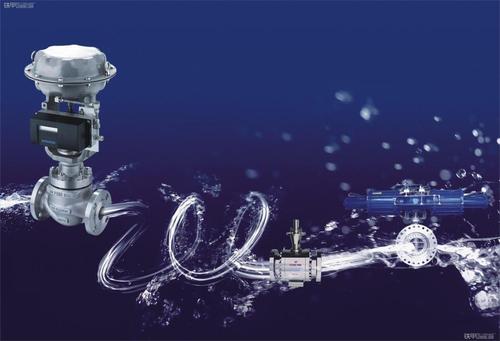Pure Water of Medical Institution Polluted by Microorganism

Pure water, as one of the most used materials in medical institutions, is an indispensable system for medical institutions. The pure water pipeline is an important way to transport pure water in the pure water equipment of medical institutions.
However, there is internal pollution in the operation of pure water equipment. Internal pollution is closely related to the design, material selection, operation, maintenance, storage, and use of water pollution control systems.
All kinds of water treatment equipment may become internal pollution sources of microorganisms. For example, microorganisms in raw water are adsorbed on the surface of activated carbon, deionized resin, reverse osmosis membrane, and other equipment to form biofilms, while microbes living in biofilms are protected by biofilms, and generally, disinfectants do not work on them.
Another source of pollution exists in the distribution system. During the daily operation of the storage tank and conveying pipeline in the pure water pipeline system, a small number of microbes will flow along with the water flow and attach to some sanitary valves and pipes to reproduce.
Microbes can create colonies on pipe surfaces, valves, and other areas and multiply there, forming biofilms that can become persistent sources of pollution, which can lead to secondary contamination of purified water through pipes and excessive numbers of microbial colonies of purified water in medical facilities.
The above two situations are the most important reasons for the super standard of pure water microorganisms. Then how should we control the super standard of pipeline microorganisms in pure water equipment?
In a pure water treatment system, the pipeline system consists of the sanitary pump, online disinfection system, periodic disinfection system, pipeline, sanitary valve, various sensors and water points, water tanks, exchange columns, and various filters, membranes, and pipes in which will constantly breed bacteria.
Sterilization methods provide the ability to remove bacteria and microorganisms, but none of which can eliminate all bacteria and water-soluble organic pollution in a multistage water treatment system.
At present, the best way to continuously remove bacteria and viruses in high-purity water systems is to use silver peroxide ion compound sterilization. In the pure water treatment scheme, only 20-30ppm per ton is required to effectively and completely kill the pathogenic bacteria such as Escherichia coli, Staphylococcus aureus, virus, spores, fungi, parasitic organisms, Pseudomonas aeruginosa, yeast, giant bacteria, and cholera bacteria.
Chlorine dioxide and ozone (water treated with ozone) ultraviolet rays are commonly used to sterilize pipes of pure water equipment in medical institutions. After sterilizing ozone and chlorine disinfectants, it is necessary to use hot water for recoil.
In this case, fog drops appear on the inner wall of the pipeline, which is the biggest source of the total number of mold and colonies. Hydrogen peroxide silver ion compound high-efficiency fungicide (liquid type) can thoroughly kill fungi, Escherichia coli, Staphylococcus, algae, biofilm, etc., and there is no need to wash after use, which saves cost and process time.





